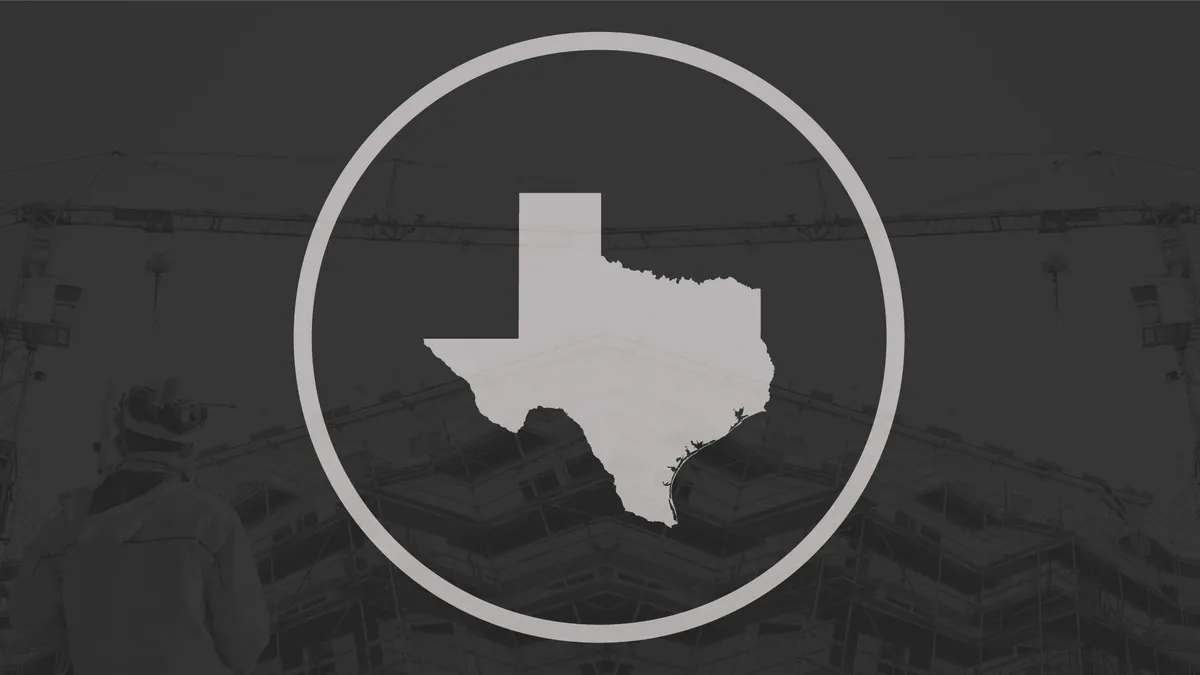Dive Brief:
-
The University of Texas MD Anderson Cancer Center is set to spend $159 million to double the size of its proton therapy center, the organization said Thursday.
-
MD Anderson has again turned to Hitachi to supply the machines to deliver proton therapy. Hitachi provided equipment for MD Anderson’s original proton therapy center, which opened in 2006.
-
The expansion follows an 11% annual increase in the number of patients treated at the site. Some proton therapy centers in other parts of the country have struggled to attract enough patients to turn a profit.
Dive Insight:
MD Anderson began providing proton therapy out of a 73,500-square-foot facility in 2006. Since then, the cancer center has treated more than 9,300 cancer patients using machines developed and installed by Hitachi, a Japanese conglomerate. More than one-third of the patients treated at the site have head and neck cancers.
Last year, MD Anderson treated 819 patients, 11% more than in 2017. With demand rising, MD Anderson is set to expand the facility, more than doubling its size to 160,000 square feet. The expanded site is expected to open late in 2023.
The expansion is taking place against a backdrop of mixed messages about the viability of running proton therapy centers. Earlier this year, the Mayo Clinic unveiled plans to construct a proton beam therapy center at a new $233 million integrated oncology facility in Florida and the New York Proton Center belatedly opened its doors. The New York site aims to treat 1,400 patients a year.
Elsewhere, proton therapy centers are struggling to break even financially. In 2018, the New York Times reported that one-third of U.S. proton therapy centers had run into financial problems in part because of a reluctance among commercial payers to cover the procedure.
The sector has proven tricky for manufacturers of proton therapy equipment, too. Hitachi, which entered the U.S. proton therapy market through its original deal with MD Anderson, does not break out sales of the oncology devices in its financial results, but Varian Medical Systems, a more focused competitor, does provide that detail.
Varian’s proton business took a goodwill impairment of $51 million recently to reflect slower-than-expected order volumes and their impact on the likelihood of the business breaking even in the near term.










